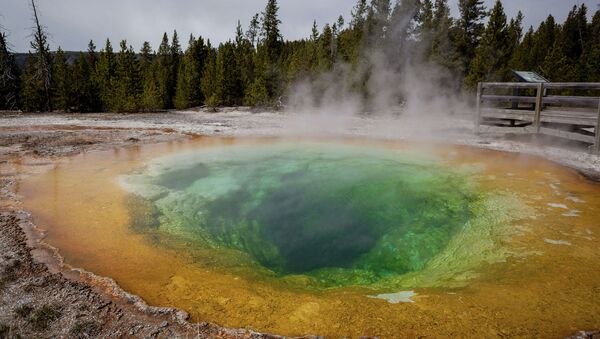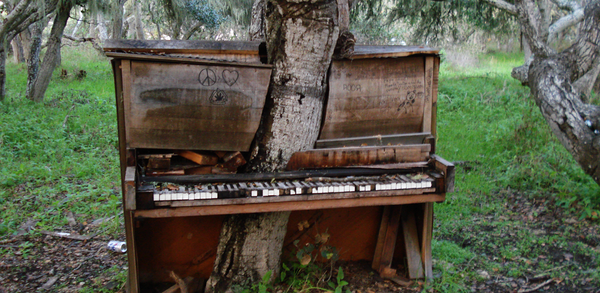As it turns out, the simmering hot spring ponds which have made Wyoming's Yellowstone National Park famous were not always the same color.
For example, Morning Glory Pool, a hot spring in the Upper Geyser Basin which is now yellow, green and blue, was most likely originally a deep blue pond.
In the research published on Friday in The Optical Society's (OSA) journal Applied Optics, the scientists have revealed that the colors of some of the magma-heated pools in the park were, in fact, different.
"As a result of coins, trash, and rocks thrown into the pool over time, the vent has become partially blocked, leading to a lower temperature and altered color pattern," the study's authors wrote.
The prism-pattern colors that visitors see today are primarily caused by vast communities of microbes that have collected in mats and thrive in the pools' hot waters, which range between 140 and 194 degrees Fahrenheit, according to the Los Angeles Times science section.
Different communities of microbes lend different colors to the pool. Because the different microbes prefer different temperatures, their arrangement causes the concentric patterns of yellows, greens, browns and oranges.
The scientists have created a simple mathematical model based on optical measurements which made the revelation possible.
"What we were able to show is that you really don't have to get terribly complex — you can explain some very beautiful things with relatively simple models," said Joseph Shaw, a professor at Montana State University and director of the university's Optical Technology Center. Shaw, along with his Ph.D. student Paul Nugent and German colleague Michael Vollmer, co-authored the new paper.
Their tools of the trade are digital SLR cameras for seeing all the things that are visible to the naked eye, long-wave thermal imaging cameras for getting readings on the temperature of the water itself, and hand held spectrometers. All of those responsible for leading the study are members of the Optical Society.



